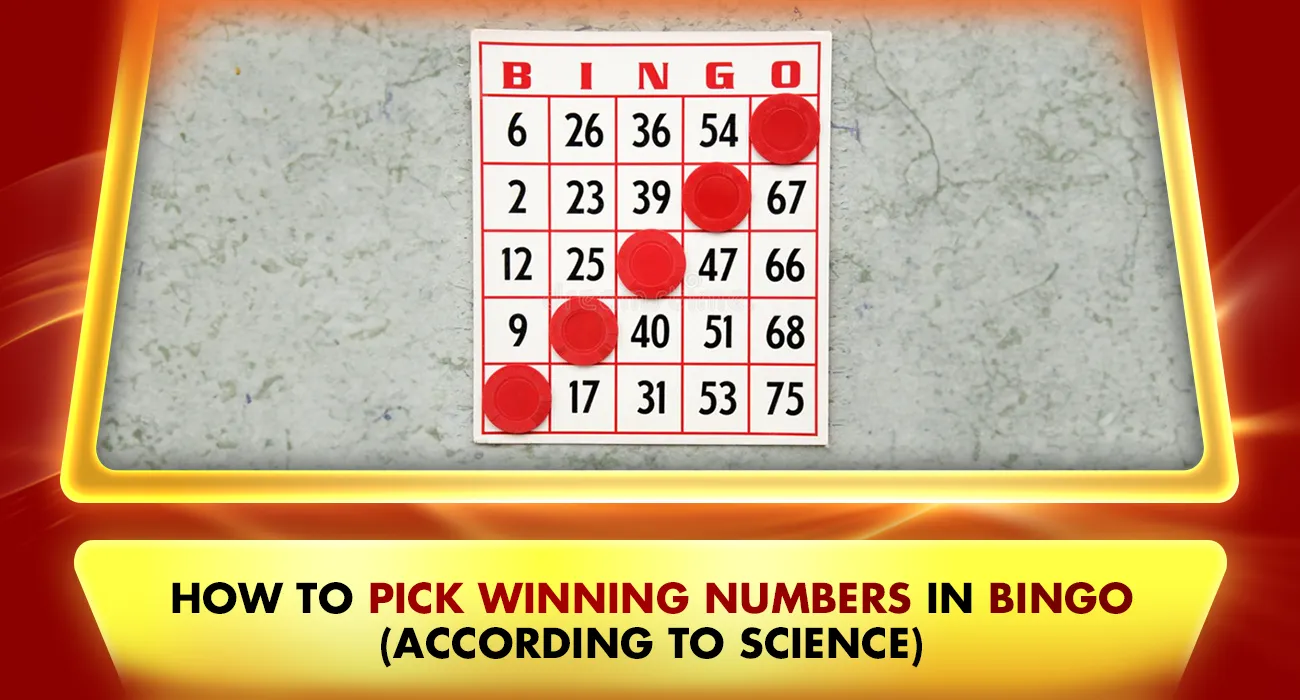Bingo is more than just a game of chance. It is a numbers game, per se, which generations of players with high fascination have played. It can be said that luck plays a significant role in it, though scientific theories and mathematical strategies can improve your odds. Whether you enjoy playing in a hall or even on a platform like Khelraja, better numbers can hold the key to a competitive edge. This is what the blog will discuss – how science can increase the chances of winning at Bingo.
Basics of Bingo Numbers
The first thing you should understand is how Bingo numbers are drawn. In a normal 75-ball Bingo game, you would have numbers ranging from 1 to 75. Every column on your card stands for a group of 15 numbers, that is, in B 1-15, I 16-30, N 31-45, G 46-60 and O 61-75. Calling numbers will seem random and chaotic; however, probability actually controls their selection.
Number distribution is meant to be fair, but patterns can be discovered over time. Knowing those patterns and the frequency of numbers could give a player that little edge over others.
The Tippett Theory: A Scientific Approach to Bingo
Tippett Theory. One of the popular stated scientific strategies using Bingo is the Tippett Theory. This applies to the longest game of Bingo held, namely, the numbers tend to drift toward the median number of all the numbers drawn. That median for a game of 75 balls is 38.
So that means, in a longer Bingo game, cards that have numbers scoped closely to 38 might statistically stand a greater chance of winning. On the other hand, during shorter games, the numbers tend to be more spread out, thus cards bearing numbers at the extremes might have an advantage.
Granville’s Strategy: Balancing Your Bingo Card Another innovative scientific way of boosting your Bingo odds comes from financial analyst Joseph E. Granville. The best card, according to him, has the following composition:
- Those with high and low numbers
- Those having even and odd numbers
- Those ending in different digits
It is predicated on the assumption that over time, randomness will create a semblance of balance across the types of numbers. Thus, picking these cards that already manifest balance would increase the odds of potentially marking off more called numbers.
Play More Cards but Play Smart
While science may prove to be of use in number selection, it is also true that the law of large numbers increases the stakes when playing more cards. But don’t go crazy with it. When you play online at Khelraja, you can take advantage of cool auto-daubing and card tracking features that will keep you in the game with as little effort as possible.
Quality over quantity in a limited yet well-chosen pool of cards – according to the strategies of Tippett and Granville – would do better than an enormous pile of random cards.
Understanding Probability to Predict Hot and Cold Numbers
Some Bingo sites offer tracking of “hot” and “cold” numbers. “Hot” numbers are those that have been drawn frequently in the recent previous games, while “cold” numbers are those that have been drawn rarely. Although Bingo is a random game, some players rely on this information to choose small numbers either frequently called or “due” to be called. It may not be true, but it still makes a fun layer of statistical approach in creating a strategy.
Use the Analytic Tools Available When Playing on Khelraja – Analyze numbers through any analytic feature that takes tracking number trends. It is easy to use and will subtly influence your number selection.
Also read: Cricket Betting – Why Khelraja is the Go-To Platform 2025






